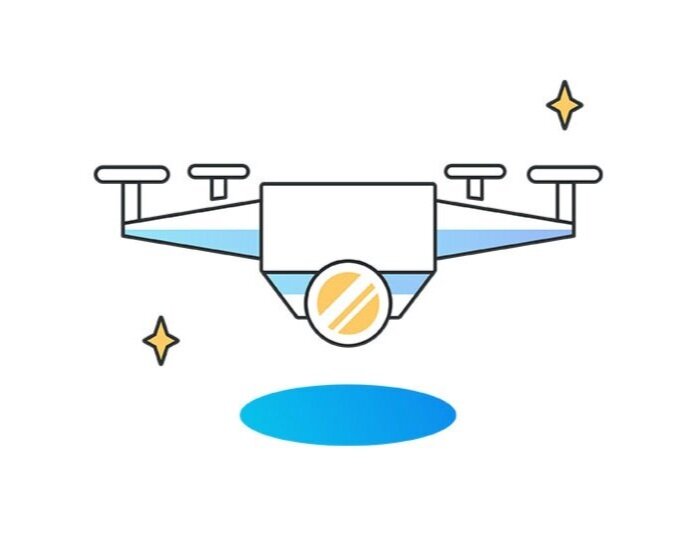Nearly all solar contractors conduct an on-site survey before construction. Given this frequency, it’s commonplace for site surveyors to interact with homeowners in a variety of sales models. As former site surveyors ourselves and from speaking with hundreds of solar contractors, there are four reasons why site surveyors may actually be your best closers.
Surveyors contribute to every sales model
The timing of a site survey changes depending on how the project is sold. We see three common sales models:
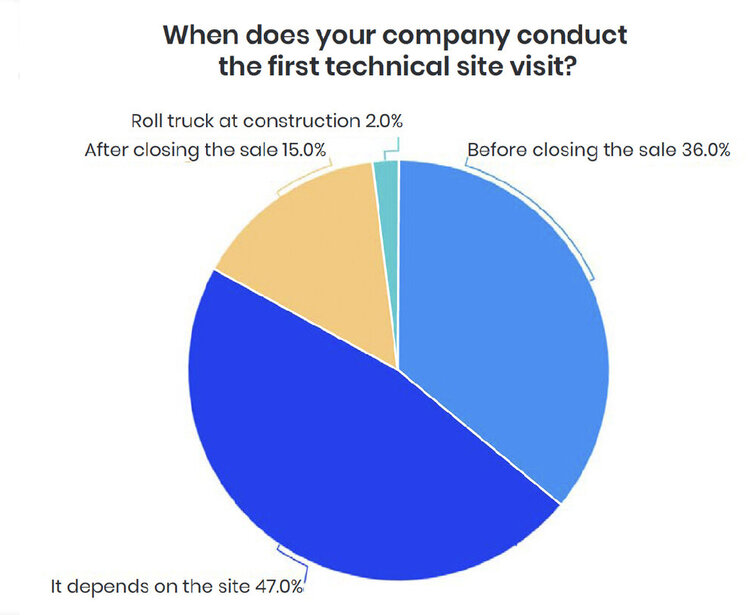
1. Pre-sales survey: About 50% of solar contractors survey a project before closing a sale. That means surveyors might be the first or second person onsite and homeowners typically have a handful of technical questions.
Pre-sale survey models can take several forms:
-
First, a salesperson discusses the project with a homeowner using an aerial imagery-based proposal. This is done remotely or in a kitchen-table style meeting. Then, in a separate trip, the surveyor visits the project site to confirm the layout.
-
The reverse of option A. By sending the surveyor out first, the salesperson has accurate data beforehand to close the sale.
-
A salesperson doubles as the surveyor by doing a sales meeting first and then going on the roof to confirm measurements second. This model usually entails just one truck roll; yet, salespeople are typically not as in depth surveyors, and it’s better to have them on the ground interacting with the prospective customers instead.
2. Post-sale survey: This follows the same process as 1A above, except the surveyor visits the home after the homeowner signs off on the project. This is the most common and cost effective model. Pre-sale surveys, however, are gaining in popularity because of growing competition among solar contractors, and in person interactions are still impactful.
3. Hybrid sales: This combines the Pre- and Post-sales models. First, a sales person goes to the site to discuss the project. To move forward, the homeowner pays a small deposit fee ($100 – $800 geographically depending) to cover the cost of the onsite survey. Once the survey is completed and the system design is finalized, then the homeowner will choose to formally move forward or not.
1. Surveyors are often the on-site technical experts
Solar salespeople typically focus on the performance and financial aspects of a project, and may not have the background, skills or time to address technical questions. There’s only so much you can cover in a sales meeting before homeowners lose interest. As a result, the site surveyor can become the technical expert in a process, regardless of the sales model.
While surveyors aren’t necessarily expected to engage with homeowners, and some contractors don’t actually want them to, they often end up filling in key knowledge gaps. From our experience, homeowners ask surveyors a variety of questions:
-
Will this actually work?
-
Will solar panels actually fit / work for me based on how my roof looks?
-
What electrical equipment is needed and where will it all go?
-
What upgrades are needed to the electrical system, if any?
-
How will solar shadow analysis impact the site?
-
Do I need to replace my roof for this project to work?
A good salesperson usually speaks to these questions at a high level. A good surveyor will take the time to walk a homeowner through these details from their vantage point, and in doing so instill confidence and certainty into a process. This can be particularly valuable in a pre-sales model, where a survey is the first technical discussion a customer has with a solar contractor.
2. Make your survey into an event
New technology can make an onsite survey into an experience for everyone. Drones specifically provide a unique benefit that a manual survey with a ladder and tape measure cannot match – the cool factor.
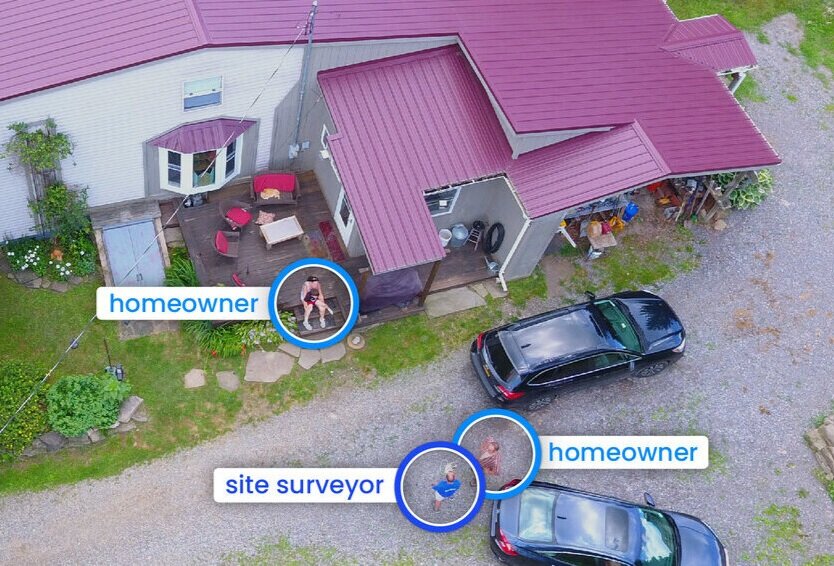
In one case, a Scanifly user had a whole family come out to watch the drone – the kids even pretended to fly it. In another case, surrounding homeowners walked over to witness the drone survey, enabling the surveyor to distribute business cards after the flight and pitch going solar to the entire neighborhood. Because drones can fly autonomously, surveyors can stay on the ground talking to homeowners while the drone captures images. Roof surveys minimize the time a surveyor can actually speak with a homeowner.
Using drone imagery also helps customers with project visualization. Right now, many proposals use hand-drawn sketches coupled with generic satellite imagery. Using drones with site design software, you can craft a 3D model of someone’s house and show them exactly where modules might go. This amplifies the cool factor and creates a visual experience for customers that a satellite or wireframe layout cannot compare with (see examples). Giving a homeowner drone imagery of their property is an awesome giveaway unto itself.
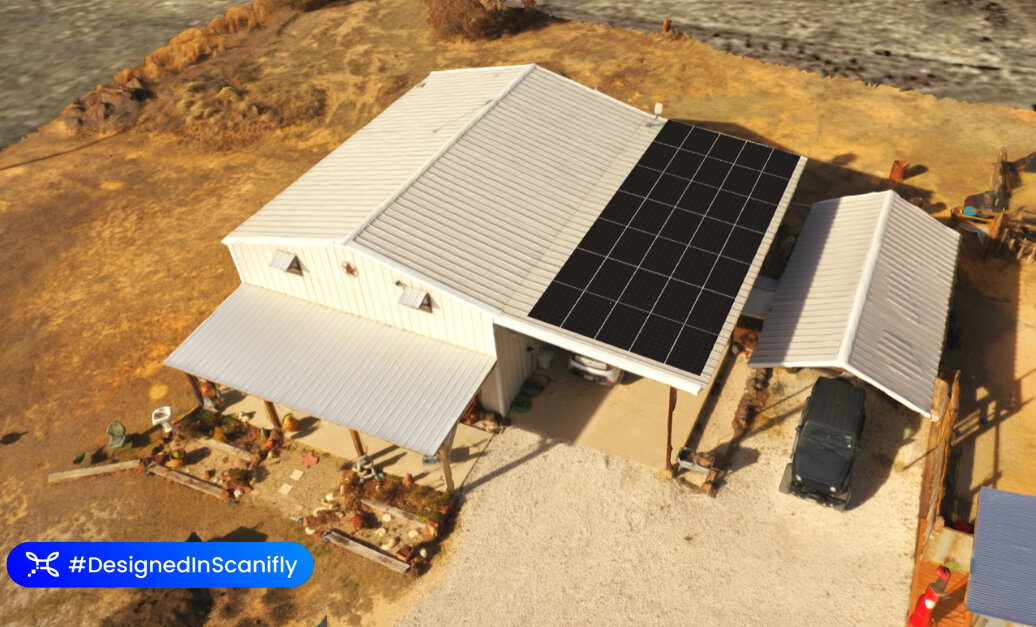
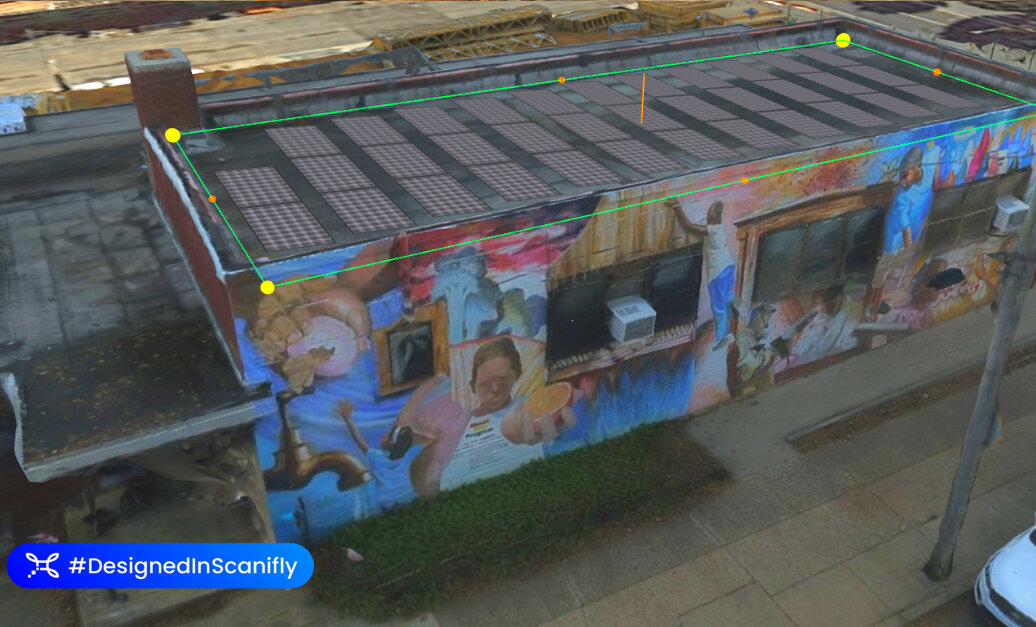
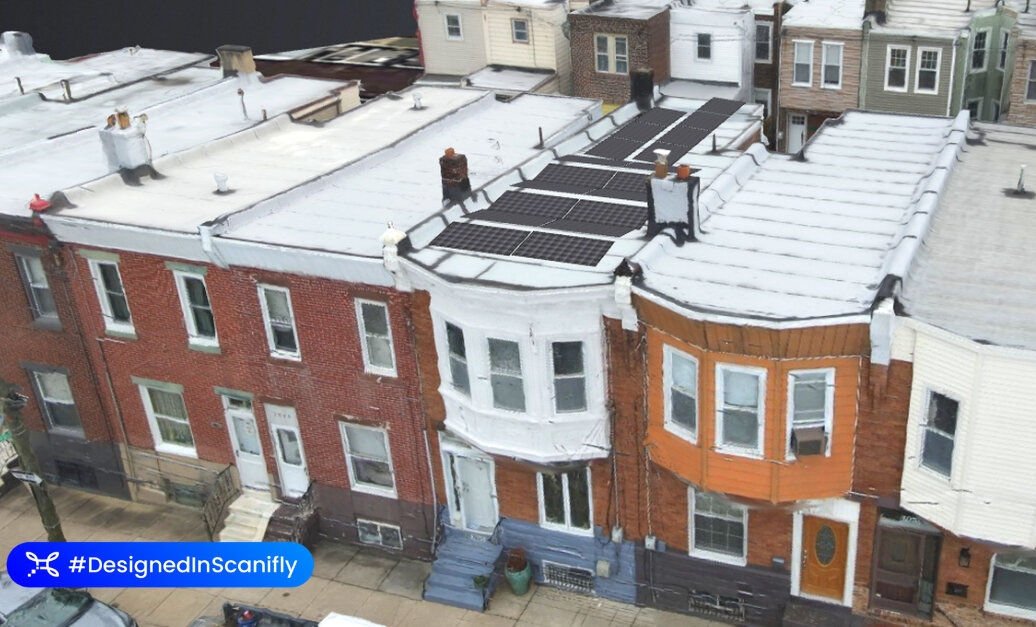
3. Your survey tools say a lot about your business
Imagine driving up to a house with a large commercial vehicle, ladder rack, lots of equipment, and a variety of handheld tools. Now imagine that from the homeowner’s perspective. Solar is the energy source of the 21st century, but contractors are still using some 19th century tools.This is the standard practice today. Some surveyors might also expect to harness in, and will therefore have to explain to the homeowner that they’re going to put a hole in their roof to bolt in – yikes!
Compare this with showing up in an energy efficient vehicle like a Prius and with a drone. In the time it takes to set up a ladder, the entire drone survey could be done. And there’s no risk of dropping your tools off the roof, something that 64% of surveyors confessed to dealing with. Drones are not only more accurate, but also more scalable: many companies have said that drones can make the survey process 5x more efficient.
The technology you use reflects the quality of your company. Using a drone makes a clear statement about a solar contractor’s brand and values. It emphasizes that you care about accuracy, quality, safety and most of all customer experience.
4. As go surveys, so goes the project
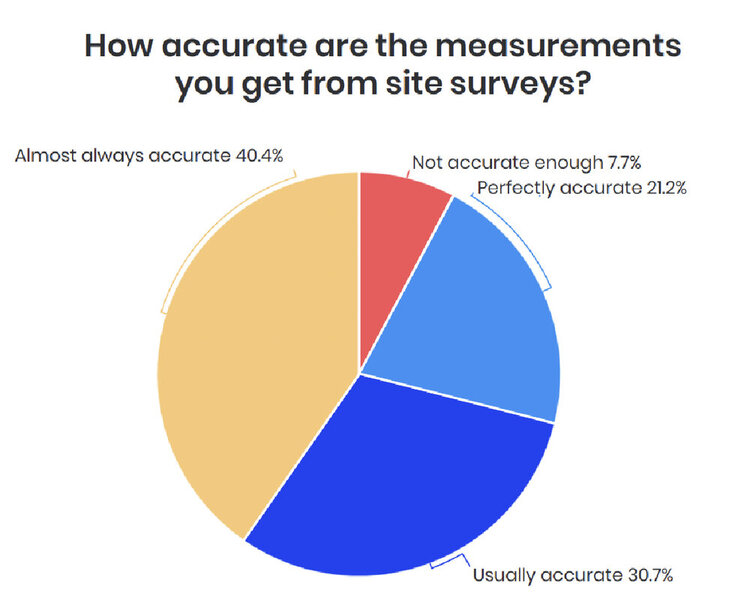
In a recent poll, 71% of respondents said that site survey measurements weren’t perfectly accurate. Scanifly also found that more than half of solar professionals say that 25% or more of their projects require redesigns. A bad site survey will affect every other aspect of the project, including:
-
Overpromising the number of modules; therefore inflating the production estimate.
-
Causing delays in permitting or inspections due to inaccurate layouts from the survey.
-
Equipment change orders from a poorly completed design led to installers being unprepared.
-
A “call-back” or delay on install day, which is not only embarrassing but a huge time waste.
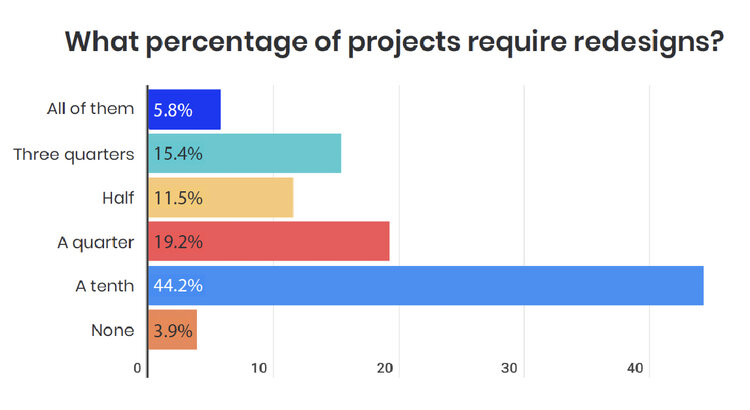
Referrals are usually the best form of new business for solar contractors. Alternatively, a bad survey (and the often ensuing redesign) casts a negative spotlight. While the average residential change order is $750 / project, one really bad change order can crush a contractor’s profits, and worst of all ruin their reputation in a local market. Drones and 3D modeling offer perfect accuracy in minutes, without any redesigns or change orders.
Arm your best salespeople with the best tools
Surveyors can be your best salespeople, but only if you empower them with the best technology. It’s critical to give them the tools they need so they can stay on the ground, interacting with customers, and answering questions. Surveyors are a wealth of knowledge that the solar industry hasn’t been using to its full potential. With drone technology and 3D solar design software, the survey process becomes not just more efficient, accurate and safer, but also will accelerate sales and allow a solar business to show technological expertise. Unlock your surveyor’s potential. Give your surveyors the tools to let their expertise shine through.

